
A Brief Introduction
Takinginto consideration the amount of PCB warnings that are hitting theaverage consumer from all sides today, one would think that there either will be no salmons left on supermarket shelves or no people left onplanet Earth.
Butit just so happens to be that the case is quite the opposite. Peopleare just furthermore reinforcing the facts that salmon not onlytastes good but is also super-good for the human body, too. Andespecially for the heart and the rest of the cardiovascular system.
So what's all the fussabout?
Muchmedia sensation was caused by some faulty research (as executed byRon Hites who is a researcher) claiming that farmed-raised salmoncontained a whole lot more PCB than the wild salmon. This was evenmore of an alarming announcement because the wild salmon was alreadynotorious for its super-high levels of PCB amongst other toxins.
Andthankfully, the reality of the situation was quite different. Thiswas only unveiled after the research conducted by Ron Hardy (aprofessor at the University of Idaho), whose results had painted adrastically different picture.
WhatHardy had to point out was that the research conduct by Hites hadone seemingly minor glitch in it, which just so happened to be itsbiggest flaw. Namely, the specimens of the salmon which were examinedhad no country-of-origin labels, since the practice was not yet acustom at that particular time. This means that the purchases wererecognized by what the seller had to tell the byres.
Hardyfurther explained that not all wild salmon are created equal andthat, furthermore, the buyer could expose himself to a variety ofdifferent levels of contamination in accordance to the particularsalmon's natural habitat and diet.
Anexample to illustrate the claim would be that near-shore salmons areusually more contaminated than those further off towards the PacificOcean or the Gulf of Alaska. Hardy then went on to explain that thisis not only true for salmon, but also each and every other food source as well, thus rendering all previous claims moot.
Conclusively,Hardy added that no matter which equation one should plug thevariables into, the amount of PCB the average American takes in viaother food sources vastly outweighs the predicted amount which wouldbe taken in even if the figure were to be based upon Hites' faulty andinconclusive research.


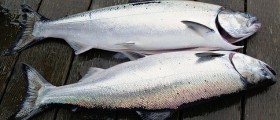
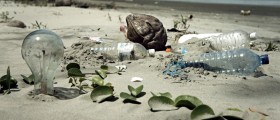
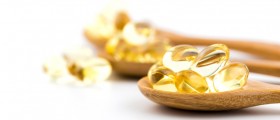
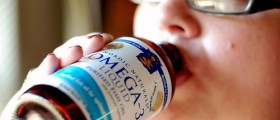


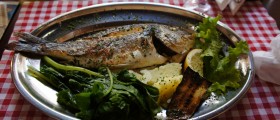
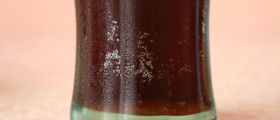
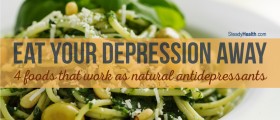

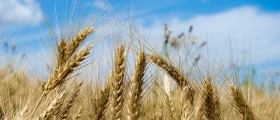

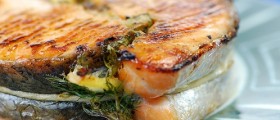

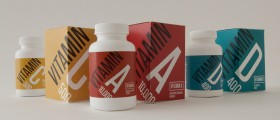
Your thoughts on this
Loading...